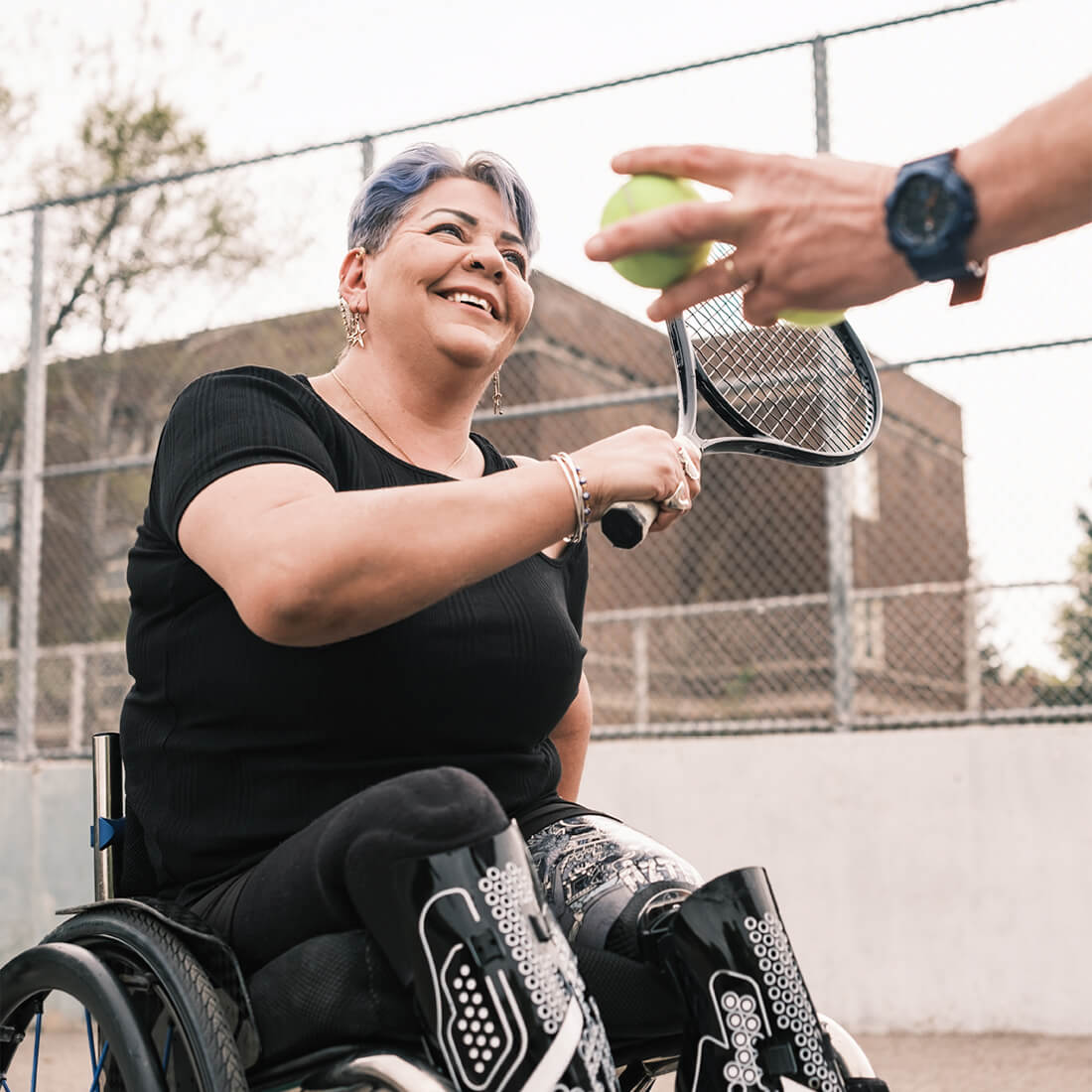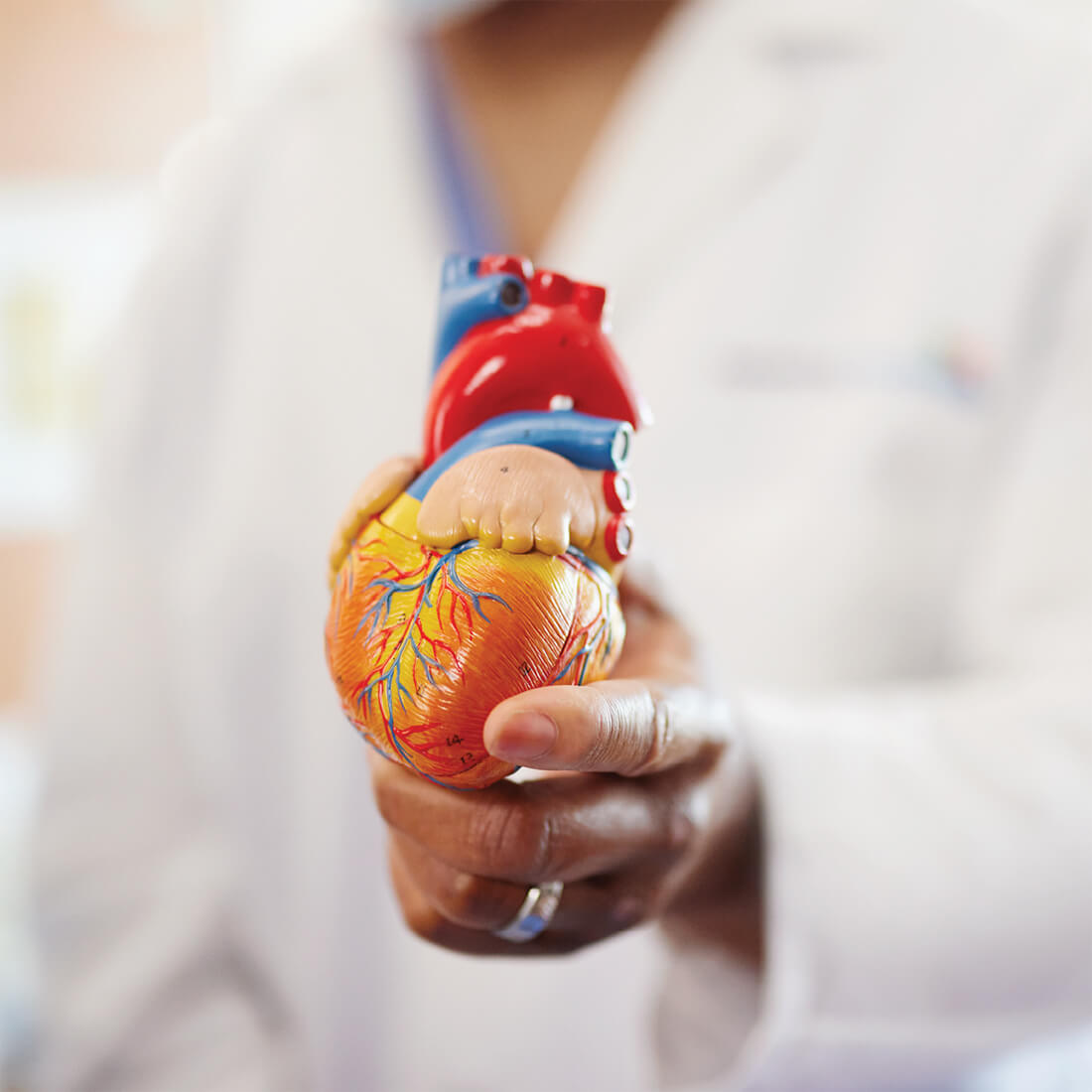Photography
Nothing can match the impact of great images in video and still photography. Whether you capture the images yourself, hire videographers and photographers, or buy stock footage and photos, you need to stay true to the Adventist Health brand image. While such matters are somewhat subjective, Adventist Health imagery tells a story and is always original and authentic in appearance and emotion.
In all our imagery...
We aim for: photos that tell an authentic story, capture the diversity of people and places we serve, use vibrant and natural lighting and settings, and show respect towards people and nature.
We avoid: photos that are overly posed, inauthentic, artificial, commercial or exploitative.
Lifestyle Photography
Our lifestyle photography focuses on the body, mind and spirit of the people and places we serve. Often used for consumer-facing marketing materials and storytelling, this style of photography is optimistic, authentic and inspiring. Some key points to consider when capturing or choosing lifestyle photography:
- Ensure the backgrounds, subjects and settings reflect the area they are representing.
- Avoid having the subject(s) face directly at the viewer.
- To create impact, capture the subject’s emotions.
- Show subject(s) in settings and activities that positively impact their body, mind and spirit.
- When featuring photos of subject(s) partaking in physical activities, ensure all law-abiding safety precautions are pictured (i.e., subject(s) should wear a helmet while riding a bike or a life vest while in a canoe on a lake).
Body



Mind



Spirit



Clinical Photography
Photography captured within a clinical setting intended for internal and external marketing, educational, instructive or recruiting purposes should be accurate and show sensitivity and compassion for the healthcare experience. Some key points to consider:
- Ensure masks are properly worn, uniforms are well fitted and equipment used is accurate to the setting.
- Blur names and identifying materials on badges.
- When featuring actual patients or staff, photo release forms must be obtained.
- Avoid using photos that show needles or blood.
- Focus on the positive and compassionate aspects the subject(s) experience within a healthcare setting.
- Aim to accurately represent the diversity of the people within the location of service.
- Settings should be clean, upkept and accurate to the purpose of the imagery.









Provider Onboarding Photography
Photography that is used for consumer-facing provider onboarding materials should follow the “Provider Portrait Requirements” checklist.
Download the Provider Onboarding Photography Guidelines



Building Photography
Photography that showcases our locations should always display our buildings at their best angle and lighting. Some key points to consider:
- Buildings look best an hour before sunset or an hour after dawn and generally look better on slightly cloudy days. Avoid shooting at noon/afternoon because the bright light will cast harsh and distracting shadows on the building.
- Avoid distracting elements in the background or foreground, such as lamp posts, cars, wires or satellite dishes.

